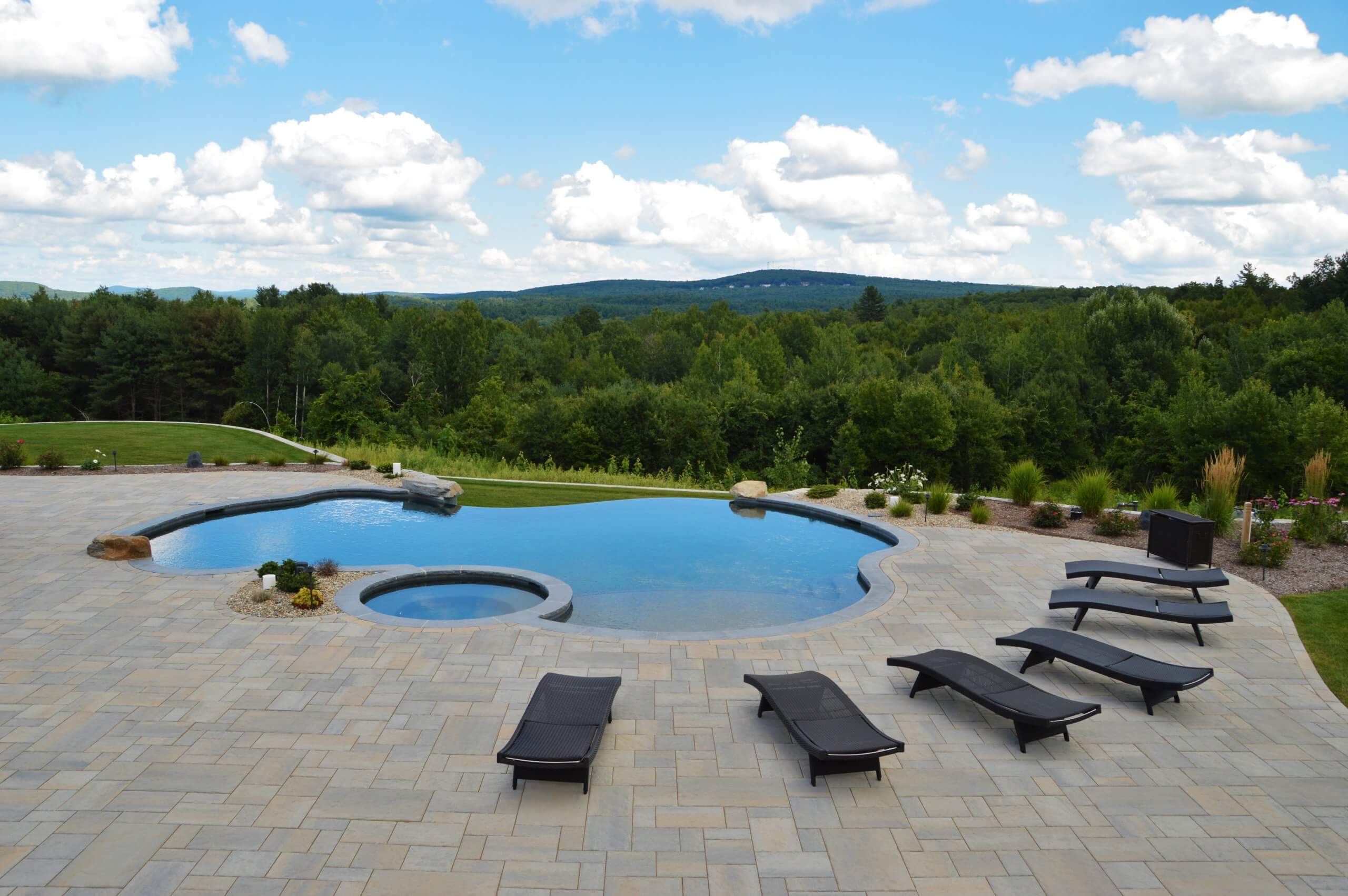Why It’s Important to Maintain Your Pool’s Circulation System
From removing debris to balancing the water chemistry, there are several steps required to maintain a clean, healthy, and sparkling pool—but having a well-functioning circulation system is one of the most important. Circulation is essential for filtering impurities out of the pool, as well as evenly distributing the chemicals needed to sanitize the water and ensure that it is safe for swimming. Continue reading to learn how to maintain your pool’s circulation system.
Does your pool have the following elements of a proper circulation system?
- Pumps and filters. Every pool should have a good pump and properly sized filter, which work together to clean and circulate the water. The pump pulls water in via the skimmer (the rectangular opening covered by a flap in the wall of your pool) and main drain (deep end suction outlet) and passes it through the filter, which removes debris and other impurities. Options for pool pumps include single-speed—which is the least expensive type, but may also be noisy and inefficient—or variable-speed pumps, which carry a higher up-front cost, but tend to operate more efficiently, quietly, and allow greater control over setting a circulation rate that is customized for the size of your pool.
- Return inlets. After the water runs through the filter, it’s pushed back into the pool via return inlets (the small holes in the walls of your pool). To ensure that your return jets are circulating the water properly, point them to the opposite side of the skimmer and downwards, thereby creating a spinning effect and pushing the water on the bottom of the pool up towards the surface (this is especially helpful in the warmer months to increase circulation).
- While not a built-in element like the pump, filter, and return jets, brushing your pool regularly—such as once or twice a week when it is open—is essential for maintaining good circulation. Every pool has “dead spots,” or areas where there is less circulation. Brushing will help release debris and other contaminants from these areas so that they can be adequately filtered out.
In addition to these fundamental components, it’s important to check that your circulation system is maintaining proper turnover and flow rates. The turnover rate refers to the amount of time that it takes for the total volume of water to pass through the filter. Most pools need to circulate their water three or four times per day, although you can use your pump to adjust the turnover rate based on the size of the pool. The flow rate is based on your pool’s capacity in gallons divided by your desired turnover rate, which is then divided by 60 to find the minimum gallons per minute rate needed to optimize cleanliness. During the cooler months, it needs less filtration, during the warmest months it needs more.
If you are still planning your new pool, check out the ultimate circulation system here. Adding an in-floor cleaning or circulating system not only improves filtration but saves money on chemicals and heat.
Your pool’s circulation system should be checked frequently and may require adjustments to ensure that everything is functioning properly. If you’d like assistance, contact the professionals at Aqua Pool & Patio today at (860) 623-9886 and ask about our maintenance program!
Get Started Today!
"*" indicates required fields




